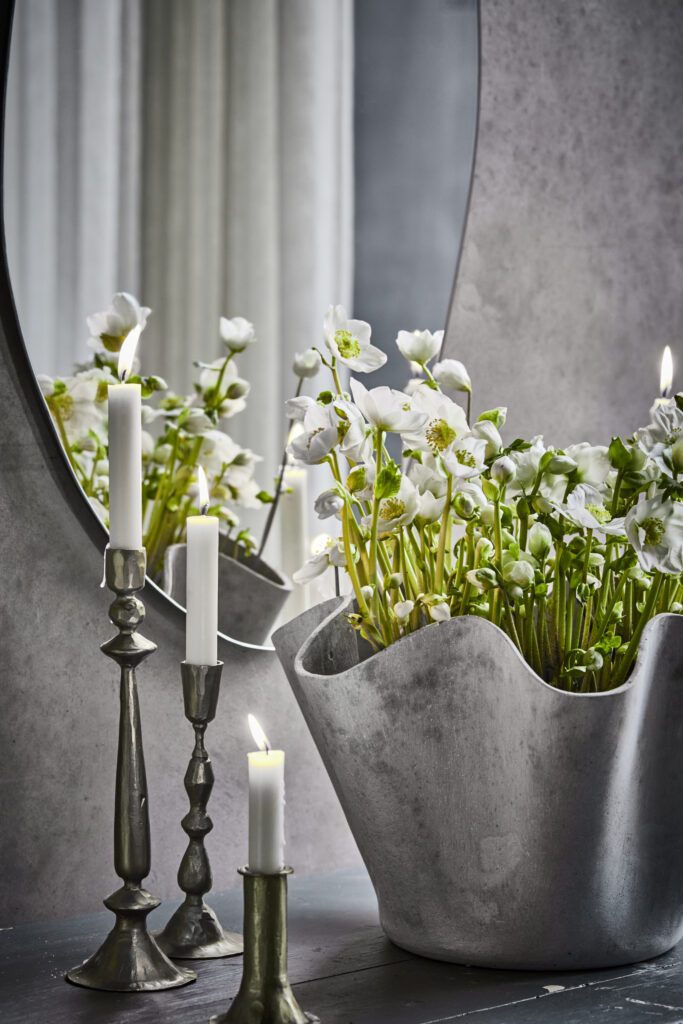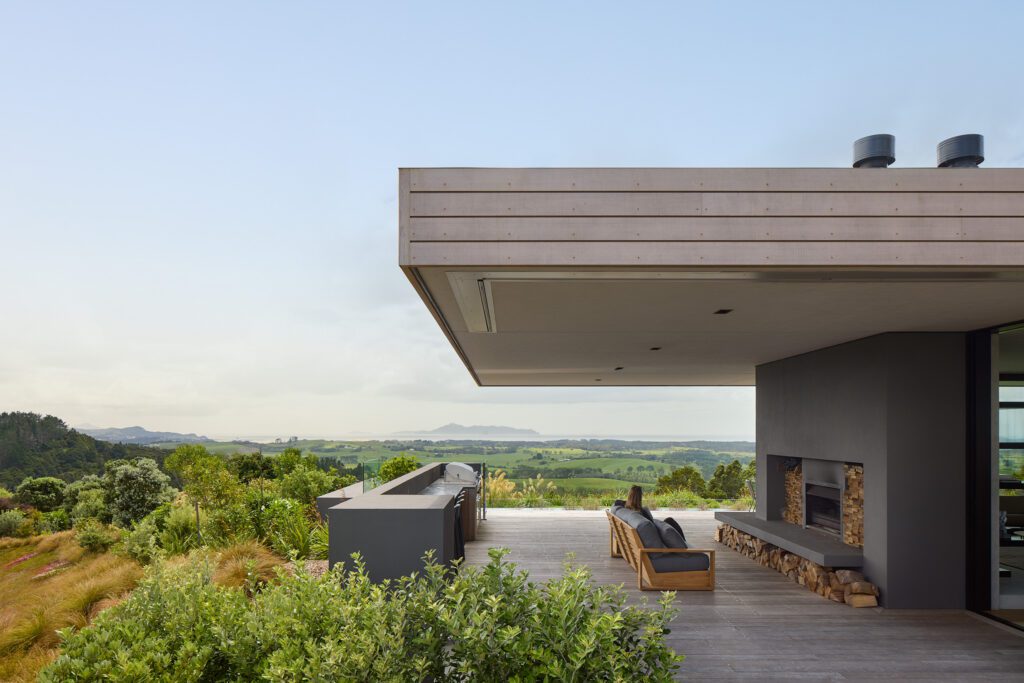Clouds floating into the unknown, or the poetry of a falling tear. What is it, beyond the physical, that compels us to see more?
Australian designer Ross Gardam seeks to answer that question with his new collection — pieces that encourage viewers to shift their focus from the motifs themselves to the forces behind them, inviting personal reflection on what shapes perception.
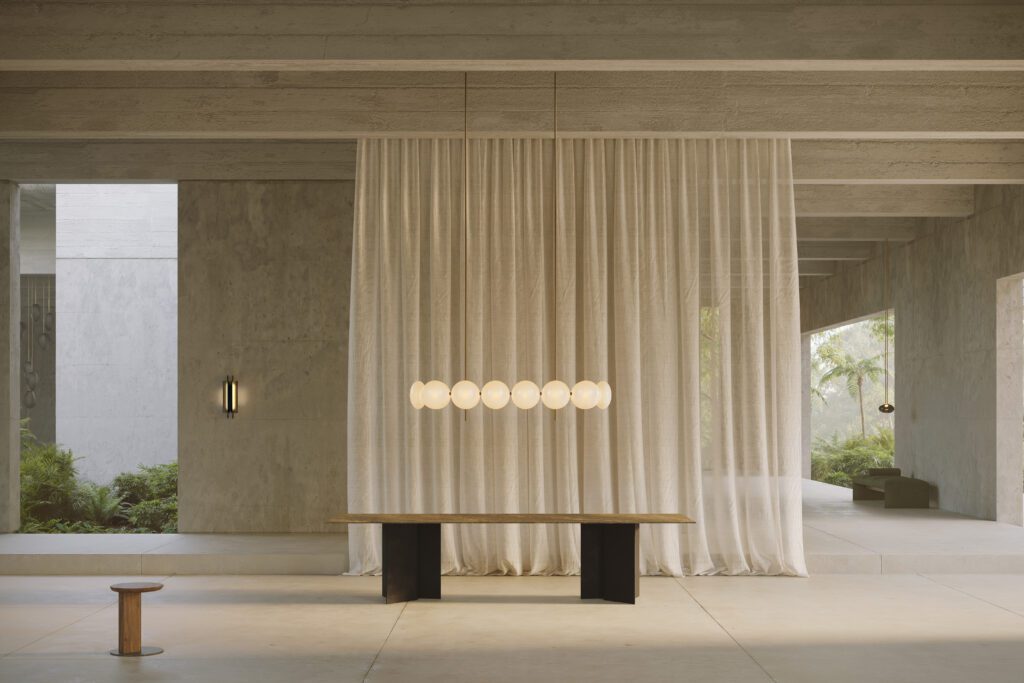
Now available in New Zealand exclusively from ECC, Ross’s latest work explores the elemental forces of light, offering space to reflect on the dualities inherent in life. The new pieces were first exhibited at Milan Design Week earlier this year, and released alongside a digital spatial experience, Pavilion, which he described as one that “evolves and transcends time and place … offering a conceptual, open-ended exploration of interconnectedness — between people, objects, and place.”

Set within dense Australian bushland, the inspiration for Pavilion came from the designer’s long-standing fascination with brutalist architecture, in particular its honesty and monolithic grandeur. The façade is open, expansive, and inviting, with an emphasis on minimalism: in situ concrete as the base material, juxtaposed with curved timber roof details. The surrounding environment reveals the location as unmistakably Australian, with eucalyptus trees, native ferns, and other flourishing vegetation.
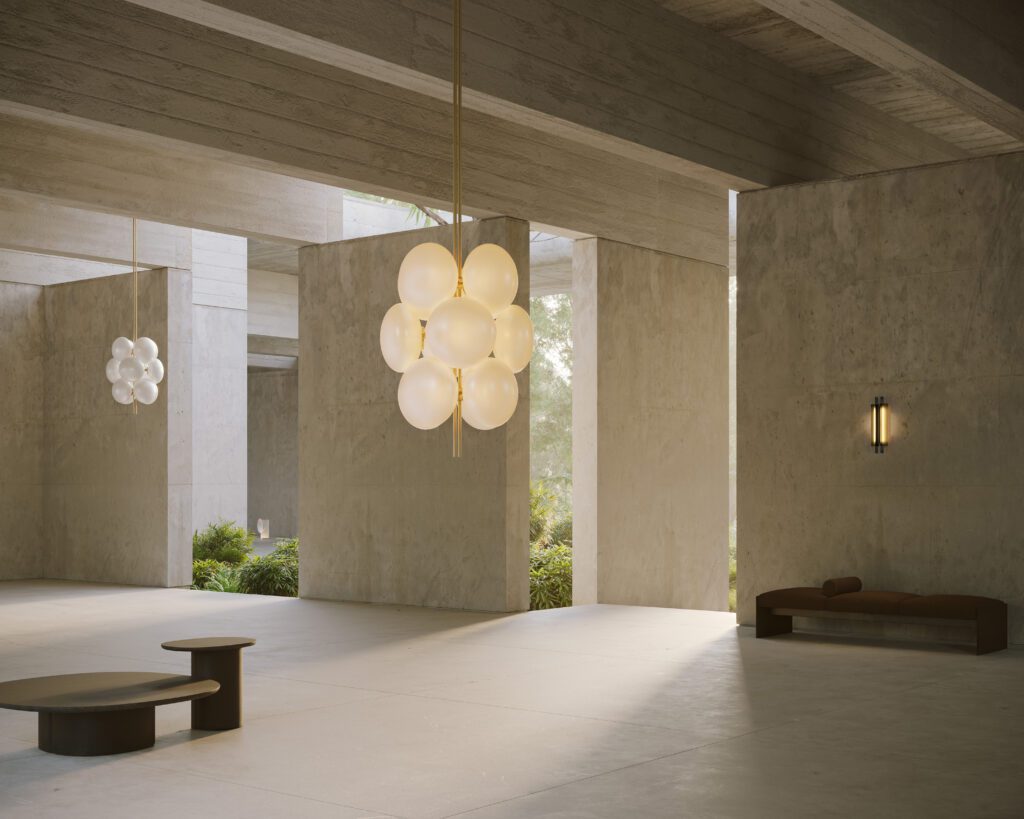
As a space providing scale and form for staging his work, careful consideration was given to curating the furniture and lighting inside — including the journey of discovery. The interior consists of four rooms with interconnected views to one another, as well as to an internal courtyard and the exterior, inviting intrigue and a sense of exploration.
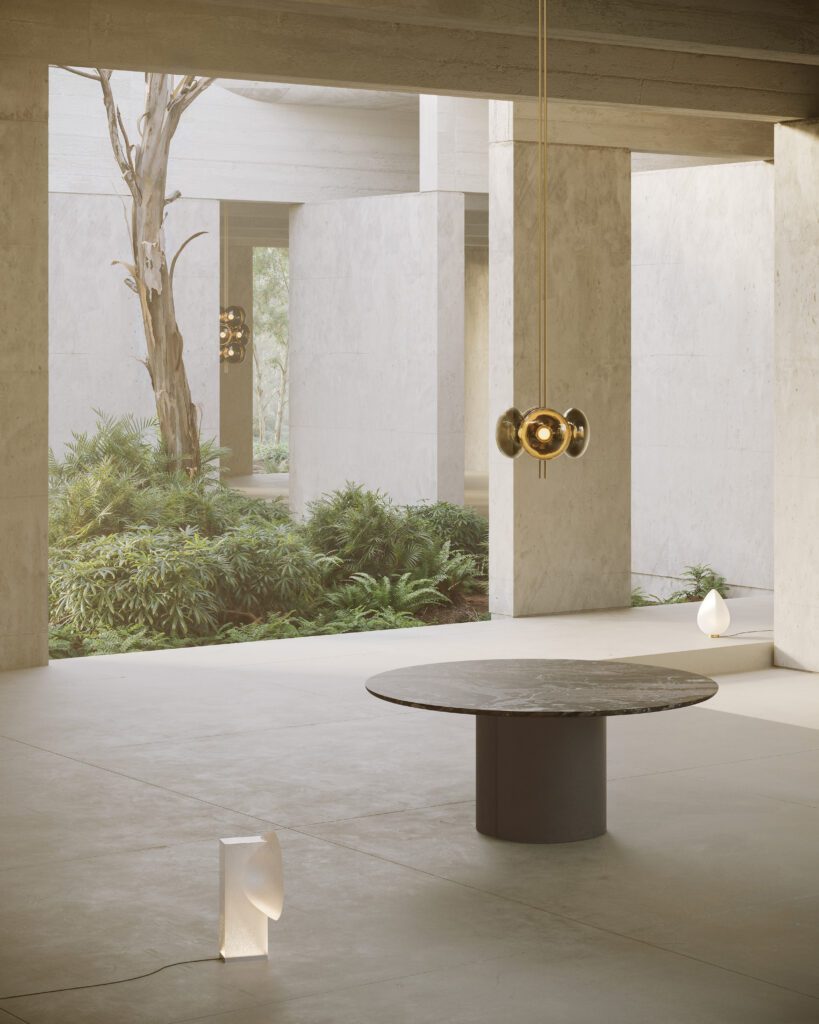
Within this ethereal space, the collection exists at one within the fleeting interactions of space and time. It is not just a celebration of light, but a meditation on how opposites coexist, enhance, and define each other — urging us to find harmony within contrast.

Explore the full collection at ecc.co.nz

